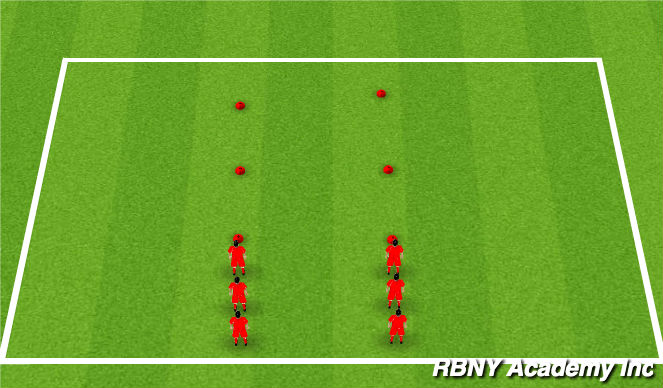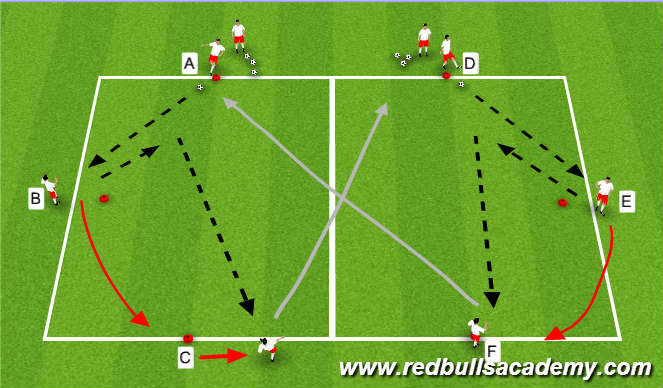

This training drill is all about accuracy and improving your connection with the football. I’d start in the middle, about 20-30 yards out from goal, pick a target zone, and have a swing. Similar to a free-kick drill, place the ball in different areas on the pitch. The standing shot is a great individual soccer drill that gets players working on their accuracy.

For example, practice rolling the ball between the cones with the sole of your foot and then use the outside of your foot to shift the ball away from your feet.Īnd if you’re looking to make this drill really hard, set your slalom up in a circle to change your center of gravity over the ball. Try to avoid hitting any of the cones, and see how quickly you can get up and down the circuit.įor those beginners starting out, try to use both feet and use all parts of your foot. Next, grab your football and start weaving your way through the cones. The better you become at weaving your way through these cones, the more you can reduce the distance between them, but space them out a meter apart to start with and work towards reducing that distance. Set your cones up in a line, and have no less than half a meter between each cone. Slaloms require players to use all parts of their feet as they weave their way through a network of cones. This is an excellent drill for those looking to improve on their footwork. Use your chest to control the ball and touch it down to one of your feet, which you will use to volley the ball back at the wall repeatedly. Lastly, throw the ball at the wall on a lower trajectory this time so that it comes back towards you at chest height. Try to use your juggling skills to bounce the ball back up in the air with one foot and then volley it against the wall again with the other foot.

Bounce the ball off the wall, and take a touch as it comes to your feet. Once you’ve worked both feet on the no-touch wall volley, you can then incorporate touch into the drill. Again this can be a little tricky, and you’ll need to stay on your toes and use your instep again to control the ball coming down on you. The first is to bounce the ball off the wall and volley it back to the wall without taking a touch. We’re going to take things aerial this time, and instead of passing the ball along the floor, you’re going to chip the ball into the air.Īnd there are several variations you can try with this drill. Practice doing around 20 mini-juggles on each foot and then swap around, again ensuring you train your weak foot as much as your strong foot. Here we want to scoop the ball up off our laces very lightly with multiple small touches. I’d advise you to then move on to doing mini-juggles. Then try alternating each foot as you juggle, and make sure to use your weak foot just as much as your strong foot. Once you’ve done ten juggles on each, try increasing the difficulty by doing 20 on each foot and repeating that four times over. Technically, you want to keep your foot flat under the ball to ensure the ball bounces nicely up from your laces about a foot into the air and doesn’t fly off at all different angles. You can do this drill on grass or hard surfaces, but I recommend if you’re planning on playing 11-a-side soccer, train in your boots, so you get an even better feel of the ball.įor this drill, grab your soccer ball and practice doing 10 ‘keepy uppy’s’ on your left and your right foot four times over. This is a straightforward yet effective way to improve your control of the football and is an excellent activity for kids who are new to the game.


 0 kommentar(er)
0 kommentar(er)
